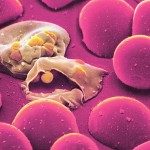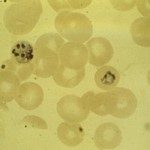Lien vers Pubmed [PMID] – 1321521
Trends Genet 1992 Apr; 8(4): 144-8
Classical embryology has provided a conceptual basis for our understanding of where muscle comes from. Histological and morphological studies of muscle fibre formation in the foetus and neonate have provided information on how muscle matures. More recent advances in molecular genetics have led to the characterization of muscle structural genes, and to the striking discovery of the MyoD family of myogenic regulatory factors. The question of how myogenesis takes place can now be formulated in terms of gene regulation, and molecular tools can be used to describe this process in the embryo and foetus.

